What Is Oregano, and How Can I Use It?
Oregano Origanum vulgare, from my kitchen garden, is one of the classic Mediterranean mountainside herbs. Here is my guide to using it in the kitchen. Oregano- Origanum vulgare, and in Greek, Its name means “Joy of the Mountain,” and people have taken joy from the fragrant small leaves and flowers for thousands of years, appreciating its culinary, medical, and agricultural value. Oregano is the largest-selling herb in the world.
What is Oregano?
Oregano-Oreganum is the Genus in the mint or laminaceae family, and it will show you the characteristic features of mint family members. These include an aromatic scent, the square stem, simple, opposite leaves, and the slight hairiness we have come to expect. You will find in the species 45 species, 3 varieties, and 6 subspecies. Oregano is not a one-note herb, you have plenty of choices for your meals.

Expect to taste oregano in the foods of the Mediterranean basin and throughout Latin America.
North America did not taste oregano until American GIs came home from WWII with a taste for Pizza topped with Oregano, and the region’s food began to change.
Today Americans have never looked back, and they now consume 379,000 metric tons of oregano per year!
For more information on growing and cooking with herbs read this.
Oregano’s Health Benefits
The fresh herb has antibacterial and antioxidant properties. Oregano is a source of fiber, vitamins K, and E, calcium, and manganese. It is delicious in tomato and olive oil-based recipes, and the farmers who grow those fruits graze their animals on the herb. Its taste and scent have given it popularity in cuisines around the world.
Six Science-Based Health Benefits of Oregano-Healthline
The Taste Of Oregano
What does it taste like? If this popular herb is new to you, expect it to taste earthy and bold and to have elements both sweet and spicy. This is because it contains a variety of essential oils.
An unusual feature of oregano and valuable to remember is that, unlike other herbs, the fresh version is more pungent than the dried one! Use the fresh leaves in smaller quantities and add them to cooked dishes early in the process. This permits its flavor to mellow and perform at its best.
How We Got Oregano
Oregano originated in warm Mediterranean climates and from western and southwestern Eurasia. The Greeks used it as both flavoring and in health care and passed it to the Romans. Through their empire, they spread the desire to grow it throughout Europe and North Africa, and it stuck!
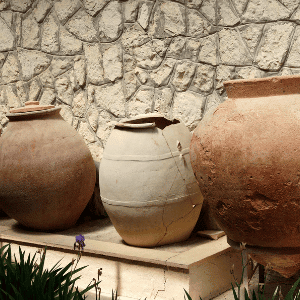
In the Middle Ages, it was valued for health benefits straight from the garden. People would chew the leaves for rheumatism, toothache, indigestion, and to cure a cough.
During this time period, Oregano made its way to China, where it was valued for medicine. It was used for fever, vomiting, and upset stomach.
The Elizabethans appreciated it for good health and good luck! You could create a handy spell for happiness and take some to bed for nice dreams.
The Early settlers brought their plants or seeds to the North American colonies.
In the Victorian Language of Flowers, it represents joy and happiness.
History of Medicinal Uses
The earliest records of using oregano are in Hittite tablets of 1600-1200 BC. The first medical use found in Ancient Greece is in the writings of Hippocrates in 460-370 BC. Hippocrates is commonly called the father of medicine, and yes, the oath refers to him!
Oregano is antibacterial and contains phytonutrients, carvacrol, and thymol. They can be used to help fight infections.
Forms Of Oregano To Use
We are all familiar with the convenient dried leaves; we can store them in the pantry. It is packaged, crushed for convenience, and properly sealed and should last two to three years. If you dry whole leaves yourself and seal them up, they may last 3-4 years.
Fresh or Dried, What’s The Difference?
The fresh leaves and the flowers are very attractive in soups and salads. The peak of flavor comes just before the herb flowers. Once oregano produces a flower, the leaf taste will become more bitter. This may be a reason to plant more than one Oregano. The one you allow to flower will give you beautiful lavender blossoms and attract pollinators to your garden.
Here is the crucial difference between using the leaves fresh or dried, Oregano is genuinely aromatic, and the fresh leaves are much bolder in taste. Used with a free hand, they can overwhelm a dish. They and their little purple flowers are beautiful when judiciously sprinkled over a bowl of soup or salad. The leaves dress up a pizza.
In cooked dishes, the flavor of all oregano will become more mellow as the dish cooks. Add Oregano early in the cooking process and taste your dish as you cook.
An Easy Way To Dry Oregano
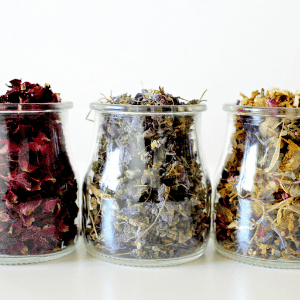
I just finished this project as I write. The Dried oregano came out well; here is how it went.
- Cut, wash, and dry thoroughly long strips of oregano branches. (Get the leaves completely dry, and harvest in the late morning, the idea is to dry the leaves, not steam them.)
- Preheat the oven to 350
- Place the herb branches on a cookie sheet covered with parchment.
- Reduce the heat to 170-200
- Place the herbs sheet in the oven, set the timer for 30 minutes, and check the herbs; this took 3/4 hour in my reasonably new dual-fuel stove.
- Let the herbs cool thoroughly, strip the leaves from the stems, and store them in a sealed container. Most advice suggests a glass container.
- The result is an aromatic collection of gray/green leaves and not dust.
- I’d do it this way again.
Air Dried Herbs
You can spread them on a flat rack to dry or bundle them together to hang and air dry. Oven drying is quicker. However, if you cook the herbs by having the heat too high, you can diminish the essential oils, which will reduce the flavor. You can try both methods and see what your preference is.
I know good cooks and gardeners on both sides of the argument.
Try it out and tell me what works for you
The Easiest Herbs To Dry
If you would like to dry your own herbs for the kitchen, this list of herbs has a fairly low moisture content which makes them easy to dry. The list includes these:
- Bay
- Dill
- Marjoram
- Rosemary
- Summer Savory
- Thyme
How To Store Your Dried Herbs
Use air-tight containers to which you can add a label. Small glass canning jars work well. For best results store your dried herbs in a cabinet out of direct light.
Global Cuisines Using Oregano
Look for recipes using oregano throughout the world. You will find many in Italian, Mexican, and Greek cooking.
Oregano In The Kitchen
We quickly think of oregano and tomatoes, but don’t stop there. The herb enhances any use of olive oil and substantial vegetables like eggplant, squash, and zucchini. Use it in marinades for lamb and beef.
Chimichurri
The Argentinians have taught us a lot about serving steak, and many of us have become enamored of this fast and easy sauce using Parsley and Oregano. Try it; here is a recipe to use. From Bon Appetit
Oregano Pesto
In another post on Basil, I include a link to Italian chef Guiliano Hazan’s pesto recipe. It is my favorite. You can substitute Oregano for the Basil in the recipe.
Oregano Vinaigrette
Make your favorite Vinaigrette. I like red wine vinegar, a good quality Extra Virgin Olive oil, garlic, salt, and pepper; add oregano to taste. Use less of the fresh Oregano and cut it very small. Use it on a Greek Salad, Chopped Salad, and Garden Salad.
Lemon and Oregano Mussels
Mix up this liquid to steam your mussels. Olive oil, white wine, lemon juice, minced garlic, chopped onion, butter, and oregano. Mussels cook fast!
Oregano Marinated Lamb Chops
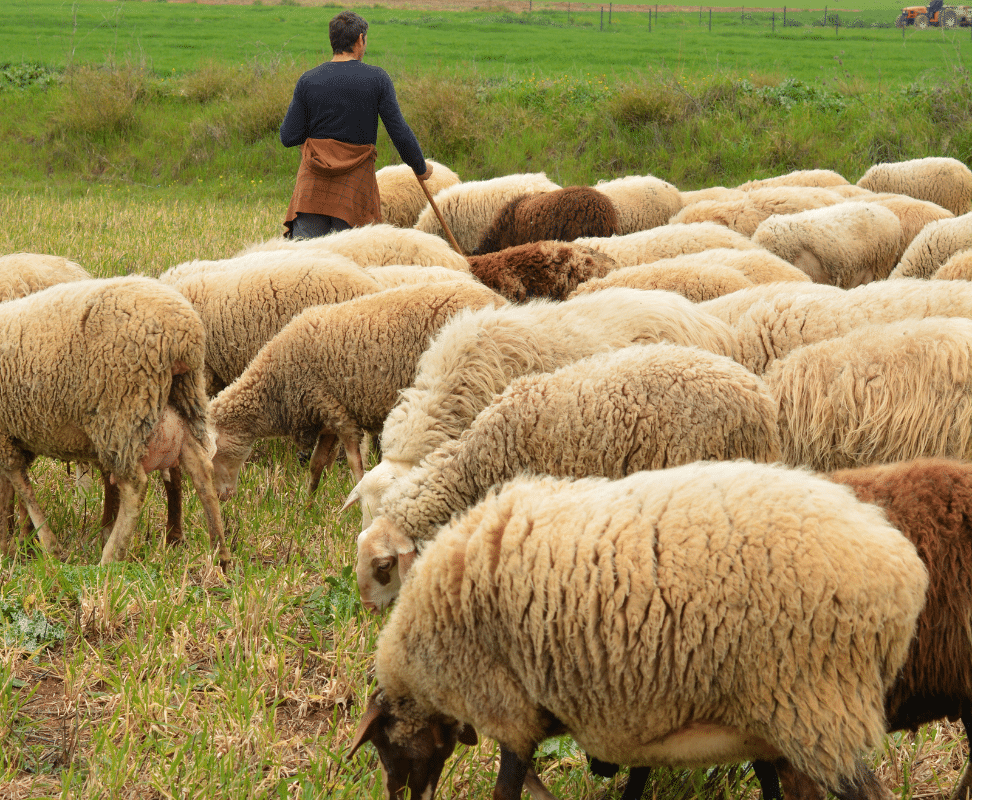
Let your lamb chops rest for the day in olive oil, lemon juice, garlic, and oregano. Ready for the grill.
Using The Oregano Flower
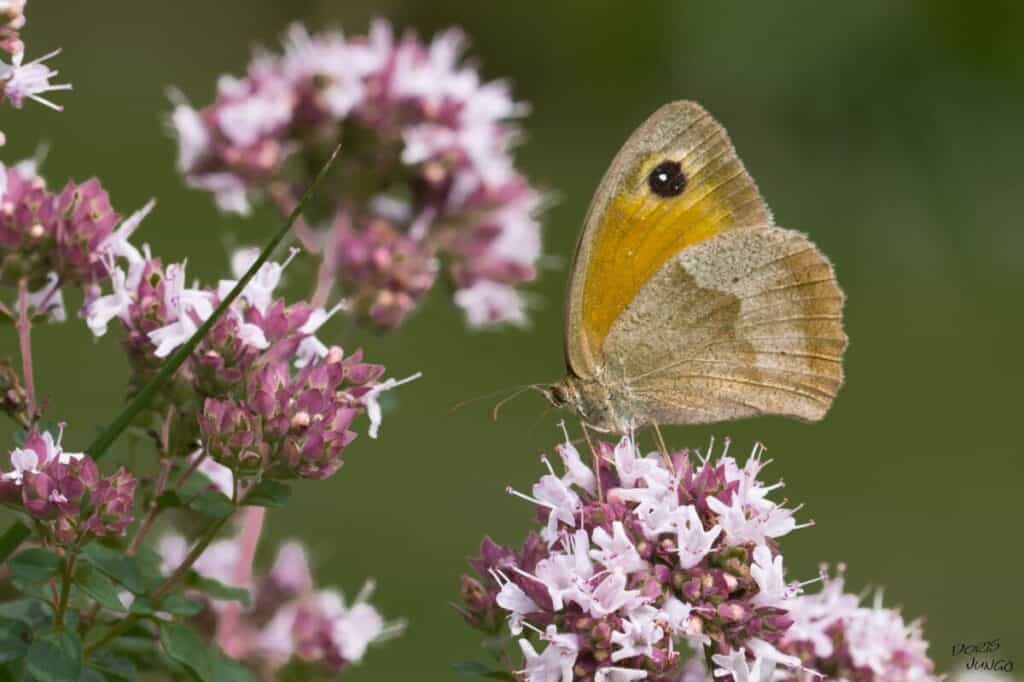
As you can see, oregano will produce a lovely and pollinator-friendly flower. You will want to know what to do with it. The flower is edible and can be added to soups and salads. Use the flowers in arrangements, and you can dry them for craft projects.
Just note that by the time the flower blooms, your plant has passed its peak flavor, and the leaves will have some bitterness.
This is true of most herbs; consider including a second plant for flowers and pollinators.
Oregano Compound Butter
Fresh herbs mixed into softened butter are a quick weeknight asset to dinner. For one stick (8 tablespoons) of butter, add a teaspoon of mixed garlic and a teaspoon of finely minced fresh oregano, and a teaspoon of lemon juice with salt and pepper to taste. Stored in sliceable logs in the freezer they will be a great problem solver.
Here are the full directions, with other flavor combinations and a discussion of butter to use. Compound Herb Butter.
Which Oregano Is Best For Cooking?
Read about the varieties that follow. Each has its own flavor and works well in certain recipes.
Mediterranean or Greek Oregano-Origanum vulgare hirtum
This is the Oregano you are most likely to see in the grocery store or garden center. Expect the taste of this variety to have the most earthy taste. Rated for zones 5-9 or 10, it is happy in dry or hot environments. Interestingly, I see Richters, a Canadian herb grower, and they consider it hardy to zone 4.
Italian Oregano-Origanum x majoricum
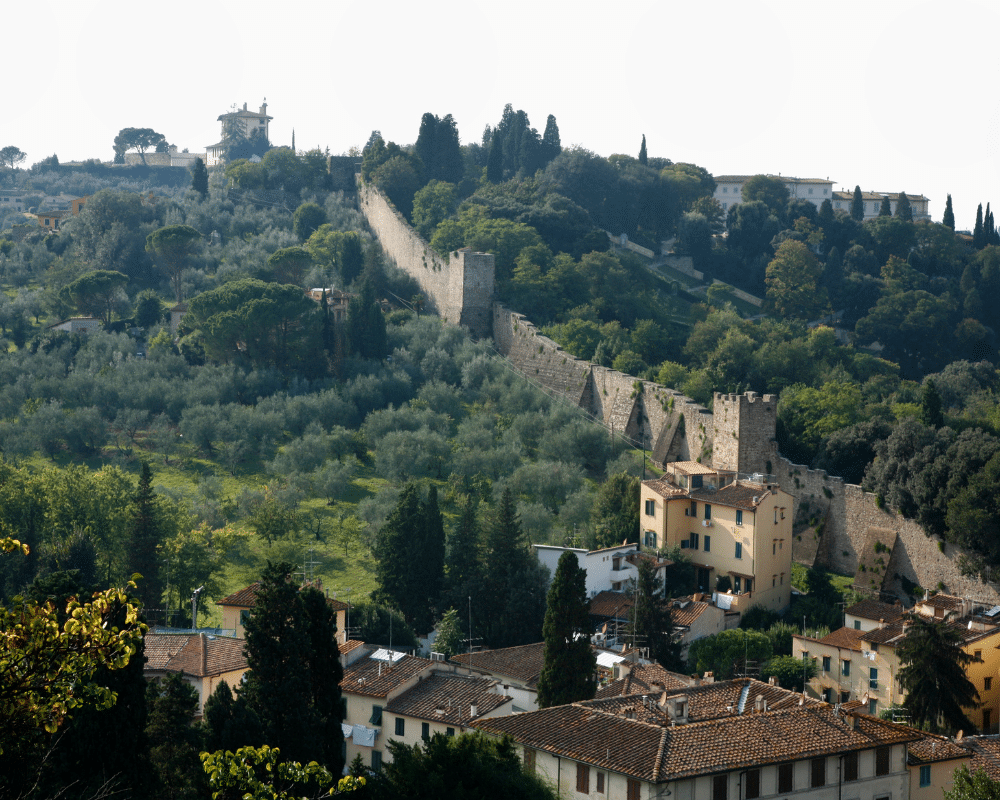
This variety is a hybrid of Oregano and Marjoram. You can expect a sweeter taste. It is designed to be desirable for tomato-based dishes. You can use it if you like the sweeter version for pasta sauce and pizza. Italian oregano is rated hardy in zones 5-10.
Turkish Oregano-Origanum onites
Grown throughout Greece, Turkey, and Italy, its flavor profile should be most like Greek Oregano but more pungent. It may also be sold as Cretan Oregano. It is rated for zones 5-9.
Syrian Oregano-Origanum syriacum origanum maru
This is the oregano used to make za ‘atar, the Middle Eastern spice. It is also the oregano which is referred to as “Hyssop” in the bible.
From this plant, expect a pepper note. The flavor should be stronger and less minty. Use it in chili-based meals. It is also used instead of Parsley in Chimichurri sauce. I have not made it using Oregano, but here is a recipe from a reliable source.
Mexican Oregano-Lippia graveolens and Cuban Oregano, Plectranthus amboinicus
Cuban Oregano Is a plant that we grow as it has unusually desirable features for warm climates. It also has other unique virtues usable in both the garden and the kitchen wherever you live. The link will take you to a complete description with growing and cooking information,
But They Are Not Oregano!
You will note from the botanical names that both Mexican Oregano and Cuban Oregano are not in the Oregano genus. This means, of course, that they are not even oregano! Why do we call them, Oregano? Mexican Oregano, as well as Cuban Oregano, contains the essential oil Carvacrol, which gives Oregano its unique aroma and flavor. So while the term oregano is incorrect, we call it Oregano because they both taste like Oregano, and we can use them similarly.
Know The Names But Adjust Your Viewpoint
Learn to read the actual botanical names so that you are buying a flavorful product worth growing for your kitchen. It is, however, a good idea to think of oregano as more of a flavor; this will help you get the taste you want.
Note: Ornamental varieties.
There are some varieties of oregano with more prominent flowers, but less flavor, these are grown for appearance. When shopping, here are some of the popular varieties; Kent Beauty, Amythyst Falls, Rosenkupple. These will be less satisfactory in the kitchen.
Growing Oregano
Planting
Plant Oregano in light and well-drained soil. It is a hardy mountain plant and is comfortable in only moderately fertile soil. It is suitable for sunny spots in the kitchen garden, and its thick mounding, and spreading nature is very decorative along walkways. It is an attractive, scented perennial that will cover an erosion-prone slope if that is one of your garden problems.
Its size makes it an excellent container plant with a well-drained potting mix. Here is
how to select potting soil Use a container about 8-10″ deep.
Grow Oregano Indoors For The Winter
You can take cuttings from your garden plants in the fall or bring your potted oregano plants indoors to spend the winter in a sunny window.
Note that as a Mediterranean plant, you will want to provide full sun and well-drained soil. Water only when the top inch of soil is dry.
Planting From Seed
Oregano is considered difficult to plant from seed.
Timing of Planting
Plant Oregano seeds or cuttings outdoors no longer than 6-10 weeks before your area’s last spring frost. Look here for your frost dates. Just put in your zip code.
Water And Fertilizer
Add water to Oregano only when the soil is completely dry. How to measure? Stick your finger in the soil, if the soil is dry for the top inch, it is safe to water. As a plant of Mediterranean origin, it requires an opportunity to become completely dry. It is helpful to know and attempt to duplicate as much as possible the native origins of our plants.
How Big Can It Get?
The plant can grow to 2′ Tall and about 18″ in width. Ensure that there is plenty of air circulation around the plants to reduce the opportunity for disease.
Maintenance- Pruning and Harvesting
Like many herbs, Oregano will benefit from regular pruning. Wait until the new plant is about 4″ tall and begin to pinch the tips of the stems. This light form of pruning will make the plant dense and bushier. Keep this up regularly to prevent legginess and encourage an abundance of leaves.
Propagation of Oregano
Take stem cuttings about 4″ long using a sterile knife. Start them in water and transfer them to well-drained soil when the roots reach one inch in length.
Pests And Diseases
Aphids and Spider Mites can attack Oregano, and this is another situation in the garden in which a “good offense is the best defense.”
Aphids are tiny, translucent insects that appear green or white. They feed by piercing the leaf of the plant and sucking out the juices. Look for them on the underside of the leaf. If you do not see the tiny bugs, you may see their output. This is a sticky, sweet substance that turns black and attracts ants. The damaged leaves will curl and be deformed.
Spider Mites are tiny 1/50th of an inch, eight-legged insects that resemble spiders. Expect the same damage and perform the same treatment as Aphids.
The best offense here is to be observant and take action quickly. Remove any leaves with aphids, and use a strong spray of water to push them off the plant. The same aphids will not return.
Diseases of oregano are primarily caused by fungi and are related to excessive wetness. Ensure that the plant dries completely between waterings. If your soil does not drain well, plant in raised beds or containers. In our rain-filled summers, Oregano will struggle. Containers allow us to move the plant undercover.
I have embedded a YouTube video by a gardener in semi-tropical Australia. He grows oregano in large, raised containers and has a specific way of cutting back these plants very closely and treating them with compost and water. It is interesting because he succeeds in creating very long-lived plants.
Summary
Companion Planting
Companion plants are those that assist other plants to grow by repelling pests, attracting beneficial insects, or providing support, nutrients, or shade.
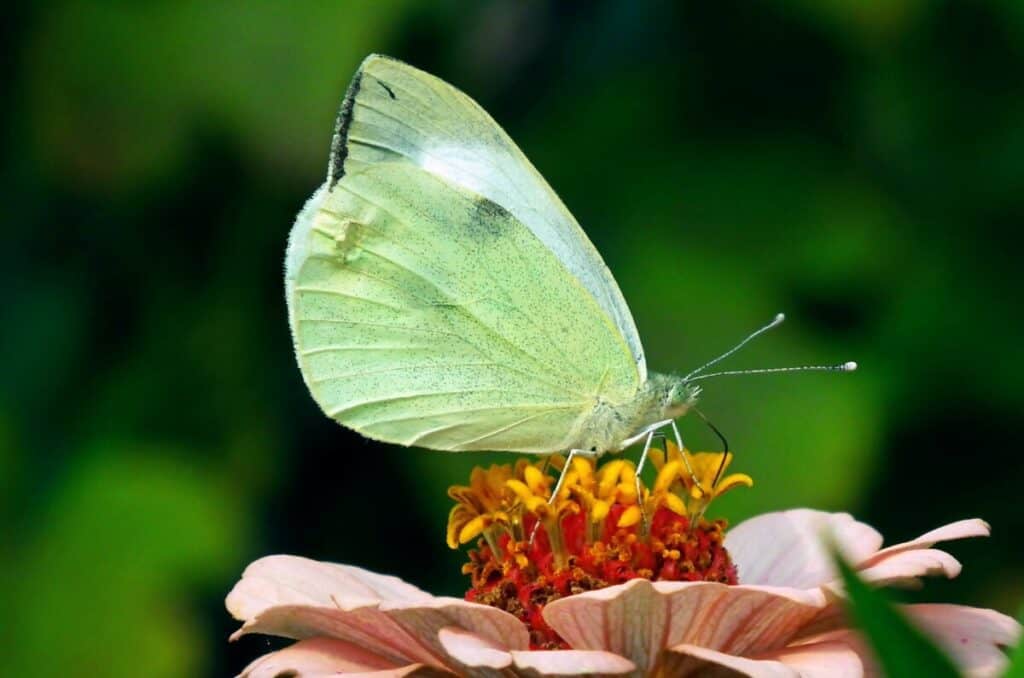
Oregano is a superior companion plant for any members of the brassica ( cabbage family) plant near cabbage, cauliflower, kale, broccoli, and mustard. This is because oregano is particularly successful at repelling the damaging cabbage moth.
In the herb garden plant it near basil, chives, parsley, rosemary, sage, savory, and thyme.
Cooking
Grow some fresh herbs and enjoy the pleasures of good food. Remember what Orson Wells said.
“My doctor told me I had
to stop throwing
intimate dinners for
four, unless there are
three other people
-Orson Wells
Bon appetit!
Some Resources To Use
Bringing Herbs indoors for the Winter–
Culinary Herbs With a Chart And Links To More Detail on Each Herb
